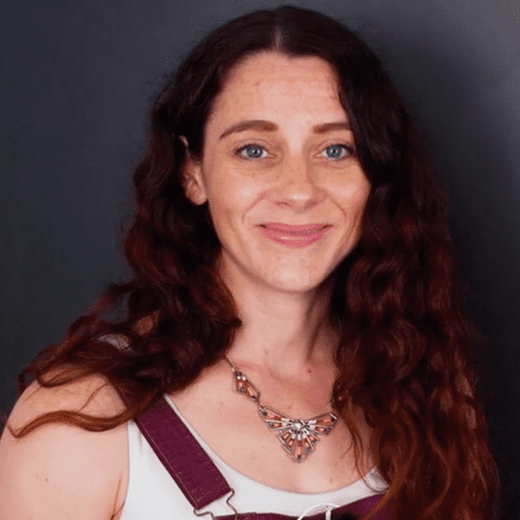Le sujet porte sur l’axe 6 du programme : Innovations scientifiques et responsabilité.
Text 1 - Bionic legs have Amanda Boxtel walking again
Science is about facts, numbers, laws and formulas. To be really good at it, you need to spend a lot of time in school. But science is also about something more: dreaming big and helping people.
“We’re living in a technological day and age where we can improve quality of life,” 5 said Amanda Boxtel, talking by phone from her Colorado home. “I think anything goes, anything is possible.”
Using new technology
Boxtel, 46, should know. When she was 24, a ski accident left her unable to use her legs. A doctor told her she would never walk again. Now, with new technology called 10 a bionic exoskeleton, she is able to stand on her own two feet. [...]
For about an hour a day and with help from a physical therapist, Boxtel puts on the metal casing over her clothes. It allows her to stand upright. The exoskeleton works as the parts of her body that no longer function: the metal frame is like her skeleton; four motors serve as her muscles; six joints take the place of her ankles, knees and hips; and sensors on the robot take the place of her nerves. [...]
“It is a new mobility option for people who are in wheelchairs,” she said, “and it is going to become more and more common to see them every day.”
Today there are about 30 [...] exoskeletons [in use] in the United States. [...]
Moira E. McLaughlin, The Washington Post, April 22, 2014
Text 2 - Exoskeleton that allows humans to work and play for longer
Would you put on an exoskeleton that meant you could run for an entire day without getting tired?
What about one that would allow you to stay on your feet longer at work?
The technology to give people superhuman strength is currently being developed but the ethical questions about whether we should be developing it and in what circumstances it should be used, are only just beginning to be asked. [...]
At the Massachusetts Institute of Technology's Biomechatronics Lab, researchers are working on exoskeletons that will work in far better harmony with the body. [...]
Running for ever
The students want to push the boundaries of technology behind what our current biological frames will allow. Normal seems to be something of a dirty word.
They refer to Prof Hugh Herr, who runs the lab, as "their fearless leader".
"Hugh has expressed a dream, that I share, to strap on an exoskeleton and run through the wood at 20 miles per hour all day without getting tired," Mr Clites [a PhD student] told the BBC.
"That would be exhilarating and beautiful and a type of experience that humans aren't currently able to have."
However, exoskeletons are also being worked on "for nurses or waiters who are on their feet all day".
"Right now someone can use a forklift1 to lift heavy materials but if they were able to wear an exoskeleton that allowed them to do the same thing, it would perhaps better connect them to the task they are performing," Mr Clites said.
Ethical questions
Prof Noel Sharkey, co-founder for the Foundation for Responsible Robotics, is worried by the idea of technology that allows humans to work longer hours.
"You could have exoskeletons on building sites that would help people not get so physically tired, but working longer would make you mentally tired and we don't have a means of stopping that," he told the BBC.
"We design these systems and then ask whether it might be misused. We need ethical design from the start and I would design exoskeletons that switch themselves off after six hours."
However, Mr Clites does not want to limit the technology. "We don't stop building cars because some people will drive drunk," he told the BBC.
"We look at technology and think that if the benefits outweigh2 the risk for people to abuse it, then we are excited to go after the technology." [...]
Jane Wakefield, www.bbc.com, July 8, 2018
1 forklift: a machine used for transporting heavy objects
2 outweigh: exceed in value or importance
Give an account, in English and in your own words, of text 1 and then of text 2.
In your account of text one:
- identify the nature of the text and its topic,
- give as much information as you can about Amanda Boxtel and about the exoskeleton (function, description, how it works).
In your account of text two:
- say what the topic of the text is,
- explain the different ways the exoskeleton can be used and how opinions differ on the subject of exoskeletons.
After your accounts of texts 1 and 2, explain how these documents illustrate the theme ‘Scientific innovations and responsibility’.
